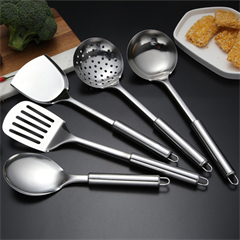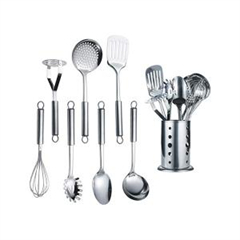1. Functional Utility: Ceramic bowls are first and foremost practical objects. They come in a wide range of sizes and shapes, each tailored to specific culinary needs. From large mixing bowls for baking to shallow bowls for salads, and from deep soup bowls to delicate dessert bowls, ceramics cater to various serving requirements. The inherent thermal properties of ceramic make it an ideal material for holding hot or cold food, adding to its functional value.
2. Tableware: Ceramic bowls grace dining tables around the world, offering an aesthetically pleasing way to present and enjoy meals. Their diverse designs and styles complement different cuisines and occasions. Ceramic bowls enhance the dining experience by adding an element of artistry to the act of eating.
3. Decorative Accents: Beyond their functional use, ceramic bowls serve as decorative accents in homes and spaces. They can be displayed on shelves, tables, or countertops, adding color, texture, and personality to interiors. As standalone pieces of art, ceramic bowls transform mundane spaces into visually appealing environments.
4. Artistic Expression: Ceramic bowls are a canvas for artistic expression. Potters and ceramic artists use them as a platform to experiment with textures, glazes, shapes, and designs. The bowl’s rounded form provides a unique three-dimensional surface for intricate patterns, hand-painted motifs, and sculptural elements.
5. Ritual and Symbolism: In many cultures, ceramic bowls hold deep ritualistic and symbolic significance. They are used in religious ceremonies, communal gatherings, and family traditions. The act of sharing food from a common bowl fosters a sense of unity and togetherness.
6. Personalization: The versatility of ceramic bowls extends to personalization. Custom-made ceramic bowls can be designed to reflect an individual’s preferences, making them meaningful gifts or cherished mementos. Personalized bowls can commemorate special occasions or hold sentimental value.
7. Emotional Connection: Ceramic bowls can evoke emotions and memories. The tactile experience of holding a handmade bowl can create a sense of intimacy and connection with the piece and its creator. Whether it’s a bowl passed down through generations or a newly acquired piece, the object often carries stories and nostalgia.
8. Craftsmanship Appreciation: The craftsmanship involved in creating ceramic bowls is a form of art in itself. The meticulous process of shaping, glazing, and firing showcases the dedication and skill of the artisans. The uniqueness of each handmade bowl adds to its allure, emphasizing the value of human touch in the age of mass production.
9. Meditation and Contemplation: The simplicity of a ceramic bowl can have a profound impact on mindfulness and meditation practices. The act of holding and focusing on a bowl can help center thoughts and bring a sense of calm.
From the kitchen to the gallery, from the utilitarian to the aesthetic, ceramic bowls demonstrate their remarkable versatility. They embody both functionality and artistic expression, transcending their humble origins to become objects of beauty, utility, and cultural significance.







